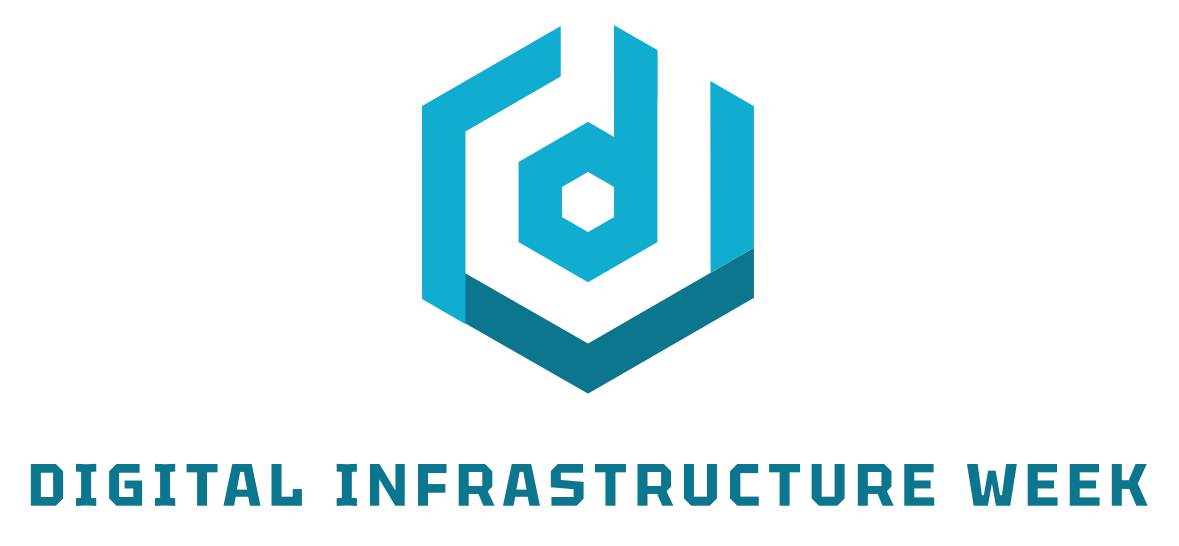
What ITS America is Doing to Promote Digital Transformation
We work with government, private industry, researchers, and nonprofits to create a uniform, interoperable structure, including guidance and best practices, use cases, stakeholder roles and responsibilities, performance measures, and guidance for a reference architecture.
Our 2030 Vision for Digital Infrastructure
We use digital infrastructure, data, information, and insights to:
Advance our Vision Zero goal to reduce fatalities
Progress our zero-emission goals
Grow our economy by providing market certainty for industry
Help public agencies modernize their systems
Provide underserved communities with more affordable, accessible, and reliable transportation
What is Needed
-

Standards
National standards that provide guidance and help the private sector to invest and scale.
-

Strategy
A playbook for public agencies to guide investment and develop the workforce of the future.
-

Leadership
Bold leadership and a clear vision from USDOT to champion digital infrastructure and help communities learn from each other.
ITS America Digital Infrastructure Working Group
What can digital infrastructure help to improve?
The U.S. Department of Transportation Research, Development, and Technology Strategic Plan outlines the Department’s transportation research priorities and strategies for the next five years and beyond. Safety, Economic Strength & Global Competitiveness, Climate & Sustainability, and Equity are three of the named priority areas in the Strategic Plan. You can read the full Strategic Plan here.
Safety
Traffic signal integration: Connecting traffic signals across jurisdictional boundaries to share information and promote interoperability to prevent crashes.
Connected vehicle data: Sharing connected vehicle data across public agencies, private industry, telecommunications, and other channels to get insights and make investment decisions to reduce crashes and near misses.
Develop cybersecure systems: Integrate cybersecurity standards into architectures and systems to ensure transportation data sharing exchanges and IT systems are secure and redundant, protect personally identifiable information, and promote national security.
Economic Strength & Global Competitiveness
Automated air mobility: Integrated the surface reference architecture to airspace systems to promote multi-modal connections and mobility by connecting surface transportation to air.
Interoperability: Ensuring vehicles and transportation can move seamlessly across jurisdictions and modes.
Climate and Sustainability
Curb data: Using data and information to assist local agencies in managing their curb and rights-of-way, curb space, parking, and roads.
Electric vehicle charging stations: Using data and information to connect charging stations to promote interoperability, helping the public know where stations are, and ensure interoperability across electrification systems.
Sharing weather data: Promoting data exchanges and sharing of information via roadside units or other channels to help public agencies leverage private sector data to inform the public of weather vents like rain, sleet, snow, emergencies, and severe events.
Equity
Digital policy: Real-time management of right of way to incentive transportation in underserved communities.
Reliable transit: Creating data exchanges to integrate transit data, multi-modal data, and other data sources to promote more reliable and flexible, transit service and provide real-time information for travelers.

